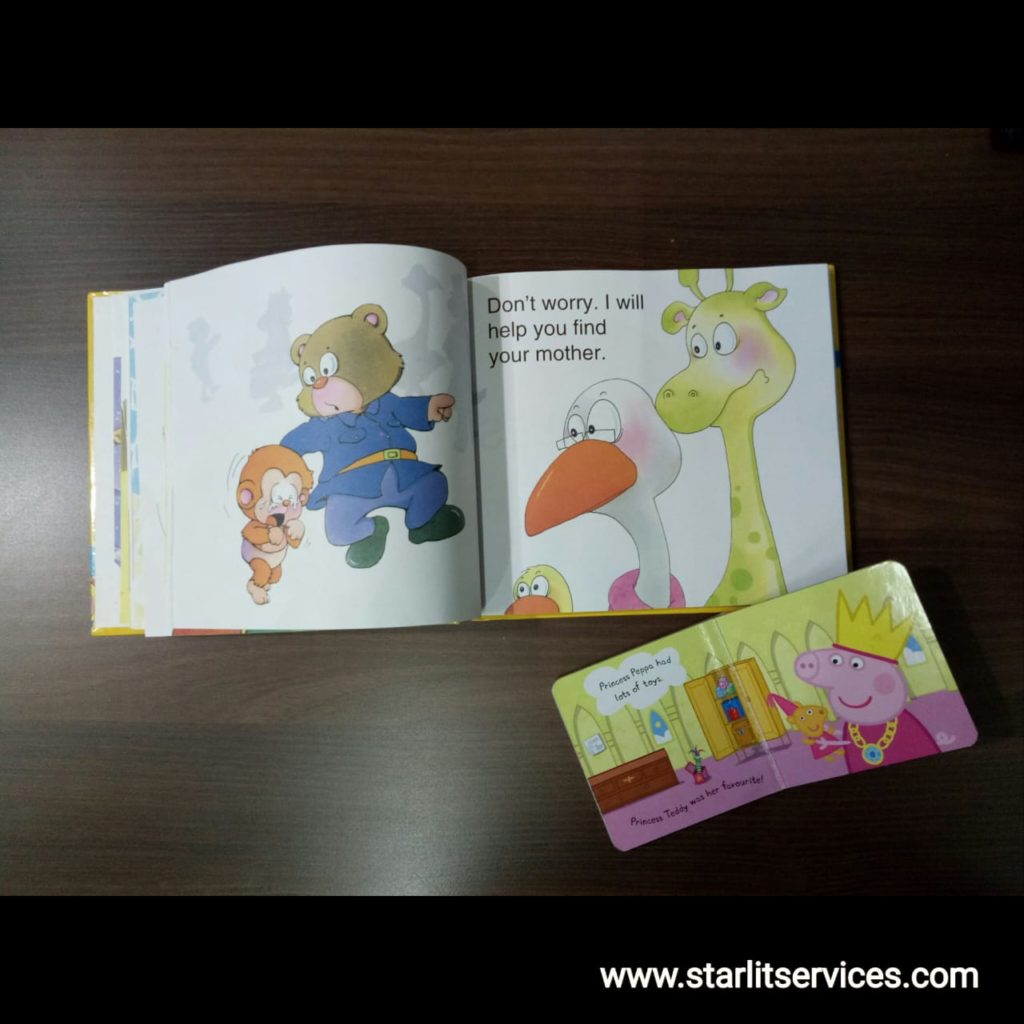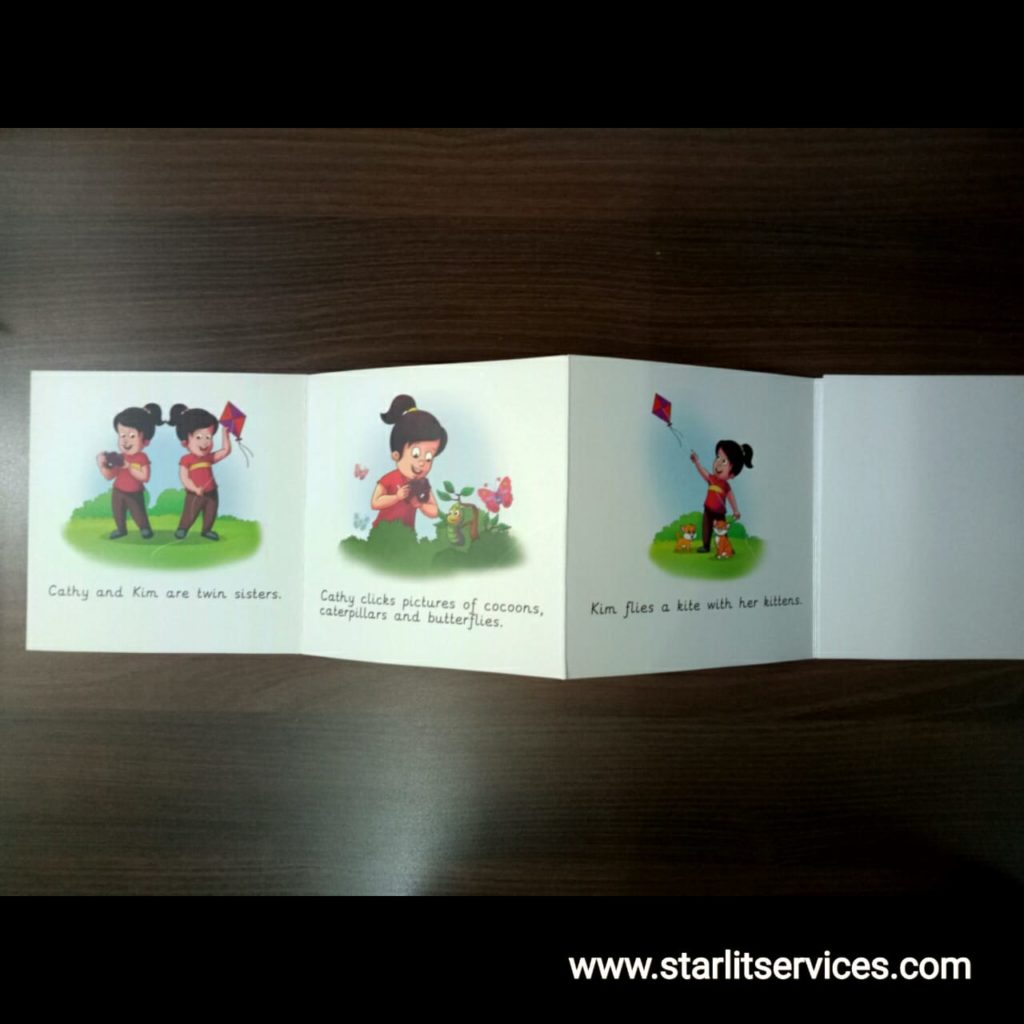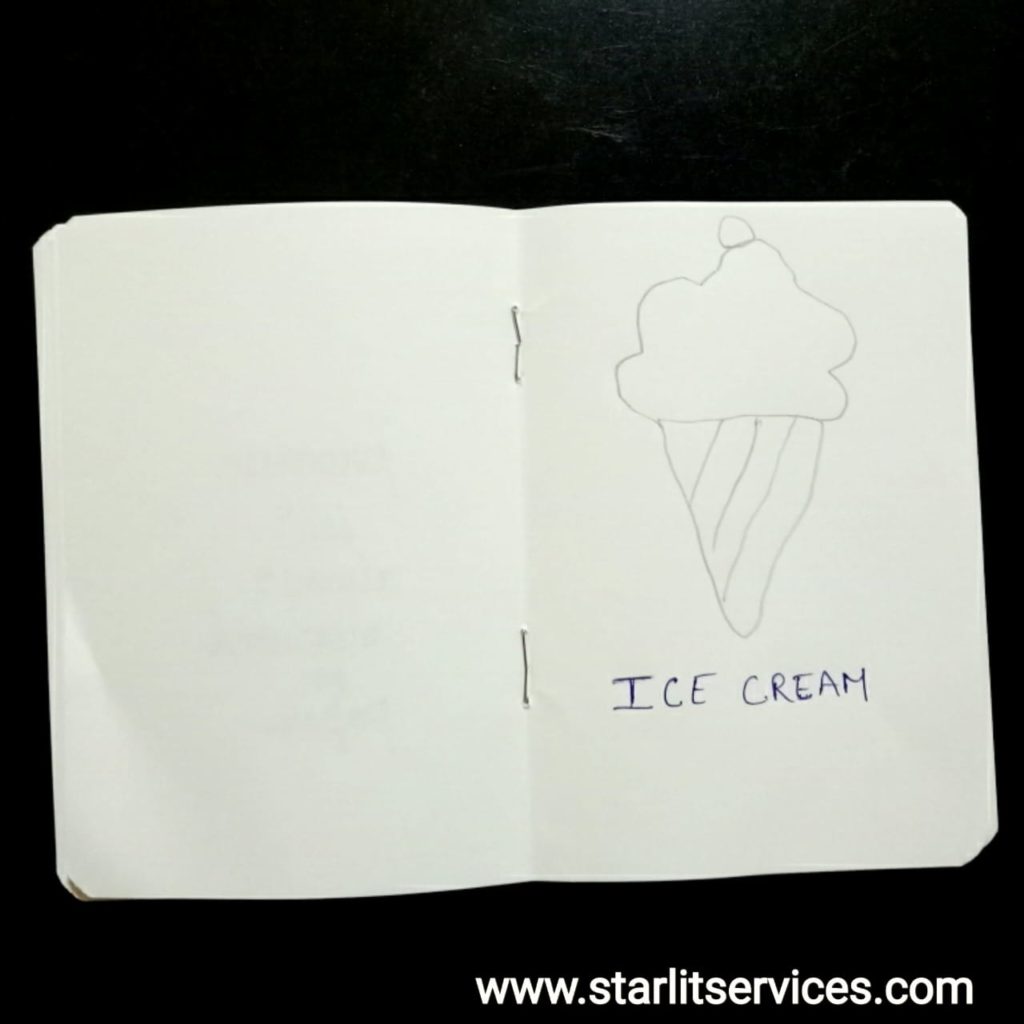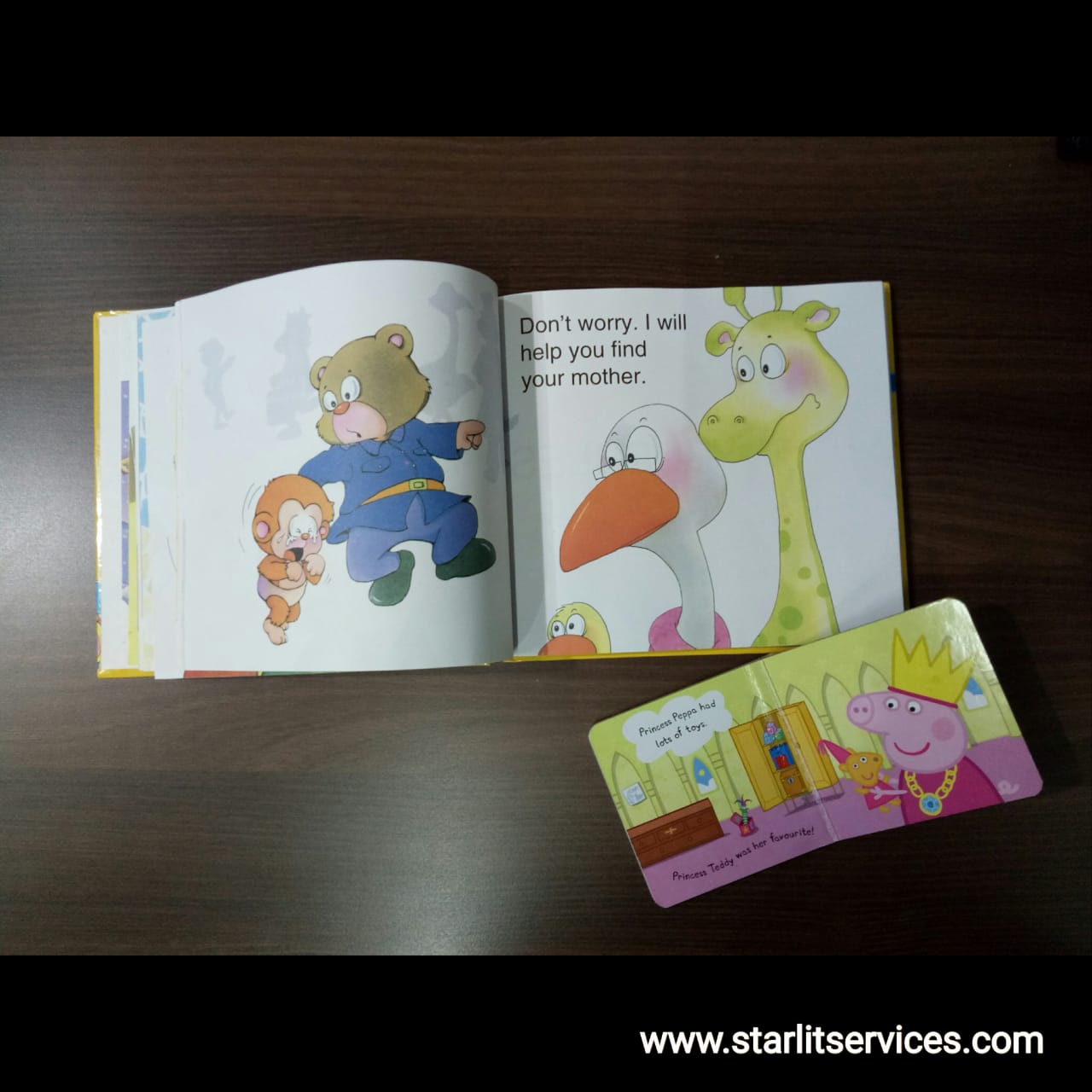With the summer break behind us, most kids will be starting school soon or may have already started. For special needs kids, course books, pencils, papers are usually not a thing of their liking. Their specific condition may make learning words, sentences and concepts all the more difficult for them. So here, we discuss the frequent academic concerns that children face. We will also discuss the interventions that can be used to teach them the way they learn.
Academic Concern or Academic Behavior?
First, it is important to distinguish Academic concerns from Academic behavior:
Academic concerns include a child’s difficulty in learning alphabets, numbers, words and formation of sentences. Also including problems in reading or understanding concepts.
A child who is not able to read and thus is not wanting to sit in class is an Academic concern. Helping the child learn reading will certainly help.
Academic behaviour is when a child knows reading but just out of boredom doesn’t want to read or sit in class. Here, fixing the behavioural concern instead of teaching reading is the right intervention.
In sum, a special needs child not wanting to learn is a behavioral concern. Whereas, a special needs child not being able to learn is an academic concern.
Academic concerns mainly consist of difficulties in
1. Reading and comprehension
2. Writing
3. Concept development
IN THIS POST, WE’LL TALK ONLY ABOUT ‘READING AND COMPREHENSION.’
THE OTHER TWO ACADEMIC CONCERNS WILL BE THE FOCUS OF ‘ PART 2’ OF THIS POST. STAY TUNED!
1. READING and COMPREHENSION
Reading is important. ( It’s like an empirical fact! )
Reading forms the base on which we build all the rest of our academic skills. From story books and letters to complex paragraphs and novels, reading is mainly the first academic skill we all develop. Reading also helps in building social skills and aids interaction. In children, the development of reading as a skill has to be assessed as per the kid’s age.
ASSESMENT
For children falling in the age bracket of 2 – 5 years, assessment material could include pictorial books with two to three sentences. Prefer books with a fairly large font size. Pictures make reading interesting for children and also aid comprehension. Pick and vary the difficulty level of the material according to the child’s developmental age and understanding.

For older children, continued story books or paragraphs can be used. When assessing the child, strive to make the material interesting to keep the motivation of the kid high.
It is advisable for the assessor to have a copy of the book / page the child is reading from. Let the child read at his/her own pace and avoid prompting in between if the child gets stuck. Let him/ her take as much time they need to finish reading. Be on the same lines as the child, literally. Mark out in your book the errors that the kid makes.
TYPES OF ERRORS IN READING
No matter how voracious a reader you are, we all tend to fumble a bit when reading. However, repeated, similar type of errors in kids could be indicative of a larger problem.
Common mistakes children tend to make when reading include:
1. Substitution –
Mistaking a word for some other word thus substituting the original word with another.
For example – ‘A tall fur tree’ could be read as ‘A tall FAR tree.’
Sometimes, it is accepted. When kids are not familiar with words like ‘fur’, they tend to vocalize it differently in the flow of reading. But repeated substitutions of unfamiliar words will be an error that needs to be resolved.
When you notice a kid making the error of substitution, also check if the child is misunderstanding the meaning of the text. This will give you clarity on where exactly the
problem lies.
2. Inserting –
Adding words fitting with the meaning of the text; words which are originally seen nowhere in the text.
For example – ‘ a dark and stormy night’ could be read as ‘ a dark and stormy WINTER night’.
This is crucial because this may lead to the child mis-comprehending the meaning.
3. Needing Prompts –
Every time the child comes across a difficult word, s(he) stops and looks up to you for help. Or the kid may make filler sounds like ‘umm’ or ‘uhh’ and wait for someone to help with reading. Or s(he) may just take a long pause in the midst of a sentence. For instance “I wish that ———- people…”
This can also interrupt the child’s understanding of the text.
4. Omitting Words –
In the fluency of reading, a child may skip some words in between.
For example – ‘A tall FUR tree’ could be read as ‘A tall tree’
Intentional or unintentional omission of words which are new to the child or are difficult to read will also lead to an incomplete understanding of the text. This could also restrict the child’s vocabulary. And thus it is important to help the reader overcome this.
You may ask the child to focus on and read aloud every word. You may ask them to go a little slow so they don’t skip anything.
FOR SPECIAL NEEDS CHILDREN
From our experience, some kids with special needs face different problems with reading.
For instance:
1. Confusion in similar looking letters –
Like W and M
The child may stutter while reading simply because s(he) confuses similar looking letters in words. In this case, the best way to help would be
a) Teaching individual alphabets again using large bold material.
b) Teaching and revising the fonts – capital and small letters (Get creative and use different types of materials to interest the child)
c) Teach it in a sing song manner – W goes up and M goes down…
d) Associate the letters to similar looking objects – like, P for Parrot
2. Fixations –
Special needs kids may get fixated on certain words / numbers and they could keep repeating them infinitely. The repetition gives them a sense of satisfaction which may be soothing.
For example – One of our shadow teacher’s special needs client was fixated with the word ‘for’. He would read just fine but whenever there would be a ‘for’ in the text, he’d get stuck on it and would keep repeating and not read forward.
In this case, the fixations have to be broken logically. When the child is repeating a certain word, hand him/her a pen and a paper and ask him/her to write the word down 50 times. Let the child vent it out by writing. And since this is more laborious, the child will certainly get bored after a while and stop. You can then ask the child to continue with the reading. (Don’t forget to reward the kid! )
ACTIVITIES TO IMPROVE READING-
1. Alphabet / Song books –

To start with, make everything interesting and visually appealing to the child. Keep a track of the errors and help the kids correct them. It is equally important to reinforce a fine read. Books with big bold alphabets and song / story books with pictures are a treat to the eyes of most children. Encourage reading time and sing and act along with them. The more they like it, the more they read, the more they improve.
Remember, the books need to be age appropriate. By this we mean, do not make it too difficult for the child else s(he) will flip out from it and feel like they cannot do it at all. Also, do not make it too easy for them to be overconfident later.
2. Label the child’s doodles –

Apart from buying them story books, you can have them practice reading words in their play time as well. Children who like drawing or doodling can be asked to label their artwork. Or you can do it for them. For example – if a child draws a cake or a cat, write under the drawing “ CAT” or “CAKE”. This way, they can practice reading in a fun way.
3. Shopping / Grocery Lists –
Have the child help you with making a list of items to buy from the store. Or vegetable and fruits to buy from the market. This will get them familiar with things of everyday use and also reinforce reading and writing.
4. Using words in different contexts –
Once the child has learnt a new word, read it and has written it, practice the word with him/her. You can keep using the word in different contexts in your speech. For example – the word is HOME. You can keep using it when talking to the child like “ it’s time to go home” or “Let’s clean our home”.
5. Videos –
The internet will supply you with tons of videos filtered according to the age, conditions and categories of learning to read. Do a bit of surfing and you can make gadget time educational for the kids.
One little glitch in online videos, according to us, is that the speech used is not culture free. Meaning, the British or American English accent is different from that of the eastern countries. And this could simply be confusing to the child. They are exposed to two different ways of pronouncing a word simultaneously. This is why we’d suggest you rather record the videos in your own voice.
Added chore in your To- Do list, but will definitely make things simpler for your little one.
In part 2 of this blog, we will talk about difficulties that special needs children face while developing their writing skills. We will also talk about the interventions and strategies that can help them learn to write without any strain.
One usually has to go an extra mile to help children with special needs deal with various academic concerns. We, at Starlit, provide shadow teaching and counseling services to special needs children. Our trained and qualified special educators help special needs kids overcome various academic as well as social and behavioral concerns. To know more about our services, visit www.starlitservices.com

